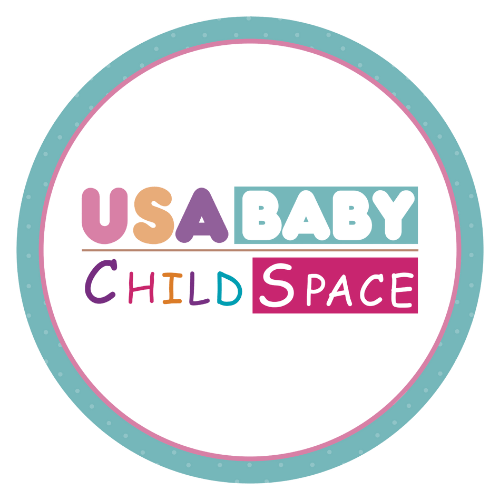New Year Crib Safety Checklist For Parents ✅
Becoming a new parent is a blessing in so many ways. Along with all of the amazing first moments, there are also challenges, such as keeping baby out of harm’s way. As 2021 brings new opportunities and refreshed priorities, let one of your resolutions be to keep your little one as safe as possible in their crib.
Your baby will often be unattended when in his or her crib, so this should be a completely safe environment. Sudden infant death syndrome (SIDS) is the unexplained death, usually during sleep, of a healthy baby less than a year old. SIDS is sometimes known as crib death because the infants often die in their cribs. In 80 percent of these cases, babies were either sleeping in an adult bed or in their crib/bassinet with pillows, blankets, stuffed animals, fluffy bumpers or loose clothing.
With COVID-19 unfortunately being so widespread, it is one more potential stressor for babies and parents. So Colgate Mattress wants to lighten your load a bit by helping you make sure infants have the safest sleep environment possible. We encourage you to follow the below checklist from the Safe Sleep Guidelines developed by The American Academy of Pediatrics:
Back To Sleep For Every Sleep
- Infants should be placed for sleep in a supine position (wholly on the back) for every sleep by every caregiver until the child reaches 1 year of age.
- Side sleeping is not safe and is not advised.
- Skin-to-Skin is care is recommended for all mothers and newborns, regardless of feeding or delivery method, immediately following birth (as soon as the mother is medically stable and awake) for at least an hour. Thereafter, or when the mother needs to sleep or take care of other needs, infants should be placed supine in a bassinet.
Use A Firm Sleep Surface
- Infants should be placed on a firm sleep surface (eg, mattress in a safety-approved crib) covered by a fitted sheet with no other bedding or soft objects to reduce the risk of SIDS and suffocation.
- Infants should never be left to sleep on sofas, armchairs or in sitting devices.
- Soft bedding remains a risk for infants older than 4 months.
Keep Soft Objects And Loose Bedding Away From The Infant’s Sleep Area
- Soft objects such as pillows and pillow-like toys, quilts, comforters, sheepskins, and loose bedding can obstruct an infant’s nose and mouth.
- Infant sleep clothing is preferable to blankets and other coverings to keep the infant warm.
- Bumper pads are similar products that attach to crib slats or sides are not recommended for infants.
- A large percentage of infants who die of SIDS are found with their head covered by bedding. Therefore, no pillows, sheets, blankets, or any other items that could obstruct infant breathing or cause overheating should be in the bed.
Room Share Without Bed Sharing
- Infants should sleep in the parents’ room, close to the parents’ bed, but on a separate surface (room sharing). The infant’s crib, portable crib, play yard or bassinet should be placed in the parent’s bedroom for at least 6 months, but preferably a year.
- Even though it is not recommended that infants sleep on the same surface as the parents, there are times when parents may fall asleep while feeding their infant. Evidence suggests that it is less hazardous to fall asleep with the infant in the adult bed than on a sofa or armchair, should the parent fall asleep.
- Because there is evidence that the risk of bedsharing is higher with longer duration, if the parent falls asleep while feeding the infant in bed, the infant should be placed back on a separate sleep surface as soon as the parent awakens.
Explore more recommendations and relevant resources to create a safe sleep environment for your baby at The American Academy of Pediatrics’ website.

